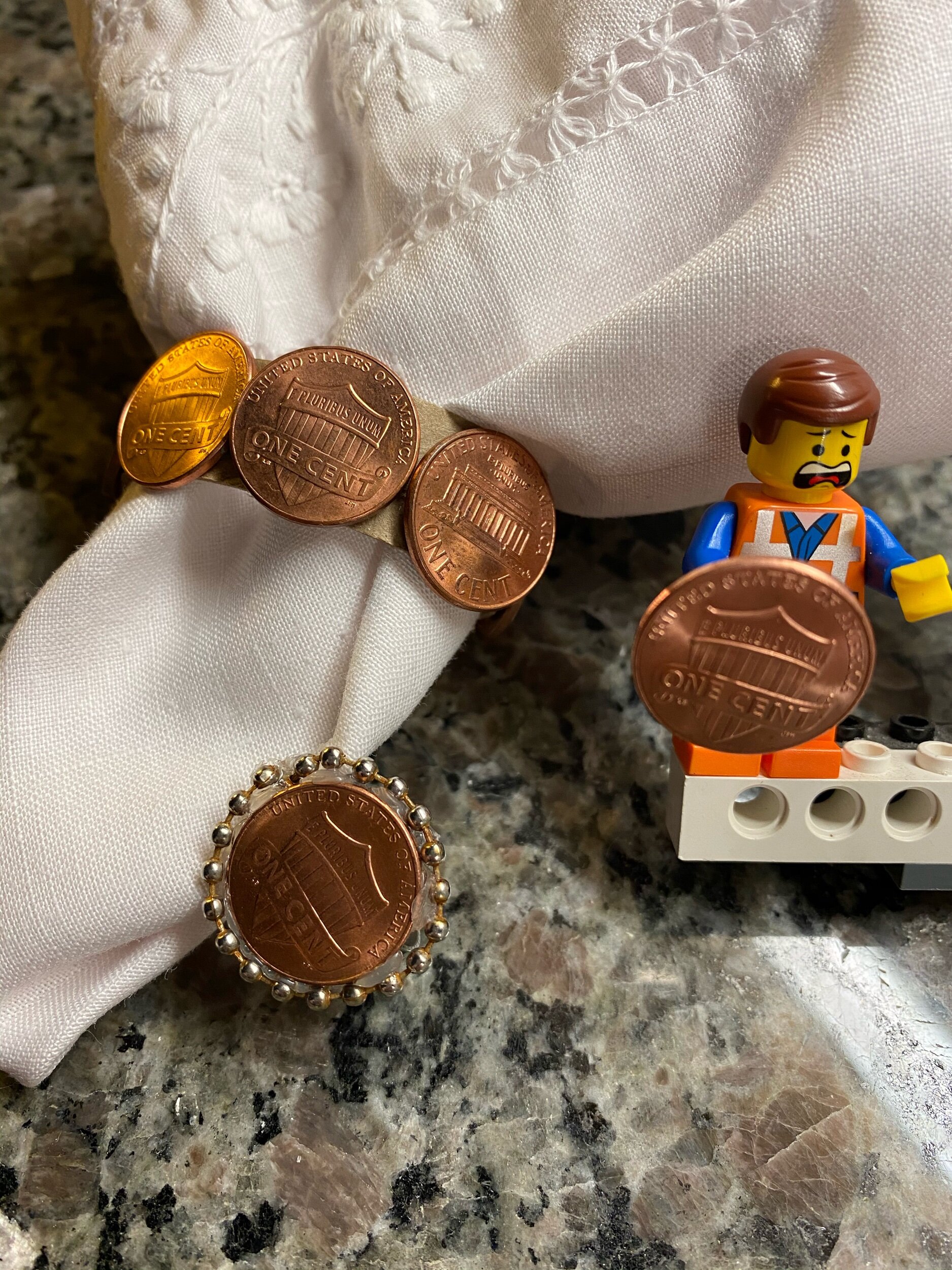Let’s review, PLAtime stands for Purposed, Linked, Anticipated time. This training is one more example of those moments!
Purpose: training kids the process of delivering a respectful appeal . Our children need to know how to appeal a decision that has come into their life. Sometimes, it is just turning away an opinion that has surfaced in their environment, other times it is helping a teacher see the child’s perspective, and most importantly, there will be times they need to appeal something we, their parents, have either stated about them or appeal a consequence we are overseeing.
Granted, they can’t do this every time they come up against something where they disagree. I have had some parents say they are afraid to teach kids this because it will only make them more of a struggle to handle. However, kids who grow in this area begin to feel more valued, more connected to their caregivers, and have healthier friendships.
Links: Begin with linking your own heart and mind to Truth regarding appeals. Some of my favorite accounts of appeals in Scripture include: Numbers 27, Esther 4-10, Daniel 3 & 6; Matthew 26; 1 John 2:1
These appeals exhibit the following qualities: respectful acknowledgement of authority, thoughtful motive, consideration of timing, gathering as much information as possible, humble attitude, planned wording, and a responsive heart that remembers the authority even if nothing changes.
Easton’s Bible dictionary defines appeal as “ a reference of any case from an inferior to a superior.” And includes “Moses established a series of juiciaries so appeals could be made on decisions. Paul’s handling of appeal in Acts 25 is also quite interesting to consider when training appeal.”
My favorite memories linked to appeals in our household were when siblings appealed on behalf of each other.
Anticipated:
The Plan of anticipation
First, when setting up appeal training, one must prayerfully acknowledge that sometimes as a parent, my decisions will need to be appealed. This is hardest when I am in a season of clinging to the deception that “I am right.” Honestly, going before God about this is our first step seeking His intervention and guidance for both ourselves and our children.
Secondly, prayerfully aligning with our spouse on what the appeal process looks like in our household is crucial. Some suggestions to consider in the process could include:
must be written out, (for pre-writers, sketches can be allowed)
must have 3 reasons of support
Reasons should align with family values if these are part of the regular family vocabulary
Must include any information the parents didn’t already know
and a monthly limit (i.e.2) to how many one child can use. They cannot be allowed to appeal everything; then the writers of the family will manipulate the power.
Parents can altar or maintain consequence upon examining the appeal, but a clear conversation about all the reasons or information is highly recommended.
Next, training must occur. Plan an activity using role play with a stuffed animal. The character receives a consequence for an imagined situation, requests some time to appeal, works through the appeal with the family together. Parents go though the process with the kids and be sure nothing should be added or tweaked. Or brainstorm some other creative game you can play, practicing the appeal process for training together. Once the process has been written and tested and confirmed, together post the steps on the back of the laundry room door for easy reference or somewhere else no one sees it all the time but it is available.
This training fun can be repeated each year and is a great activity for those single day holidays from school. (This posting of the process and repeating training is an area where I faltered with my oldest 2, but I am choosing to improve with my 3rd. I only trained once and didn’t post a resource. They utilized it for a handful of appeals, but over time, they forgot the training. Then, when I would ask if they wanted to appeal, the overwhelm of “how” kept them from actively following through. Even though we think we don’t, we actually want them to practice on us! It really pays off in high school snd college years!)
The Awaiting of Anticipation
Finally, when a consequence occurs, complaining is not allowed, but parents can remind kids that they are free to use one of their appeals. If the child begins going though the appeal process, they may conclude that the initial decision is actually more solid than they originally thought. In this case, this attempt should not be counted as one of their appeals and the original consequence stands. Only if they actually deliver a completed appeal does it count as one. Parents can consider the appeal and decide to alter or compromise on the scenario or keep it as it originally stood. Either way, there is a shared experience of listening and communicating that is worth invaluable relational treasure!
May we all learn, grow, and maintain our abilities to appeal and PLA well!




